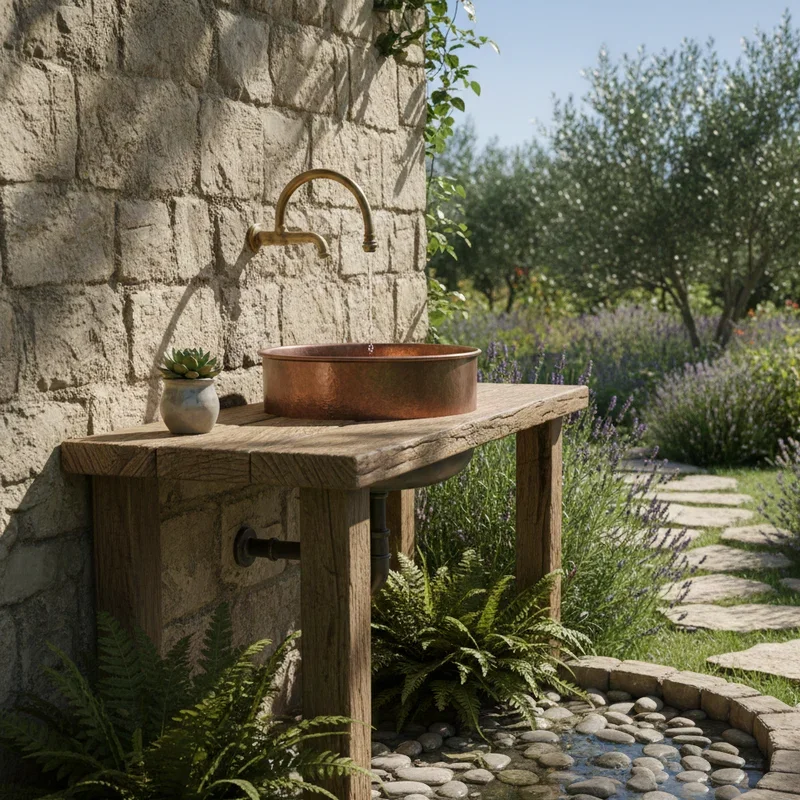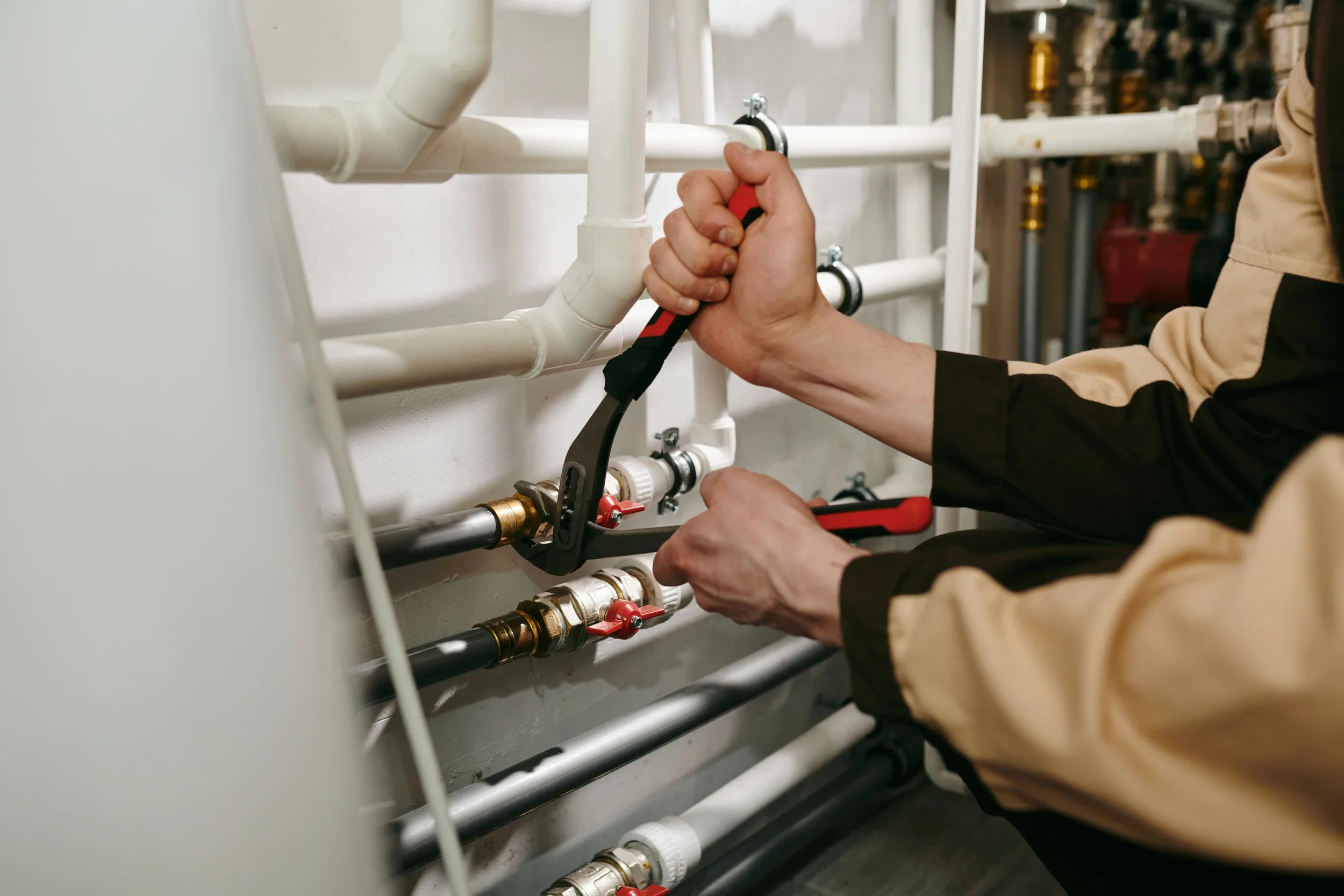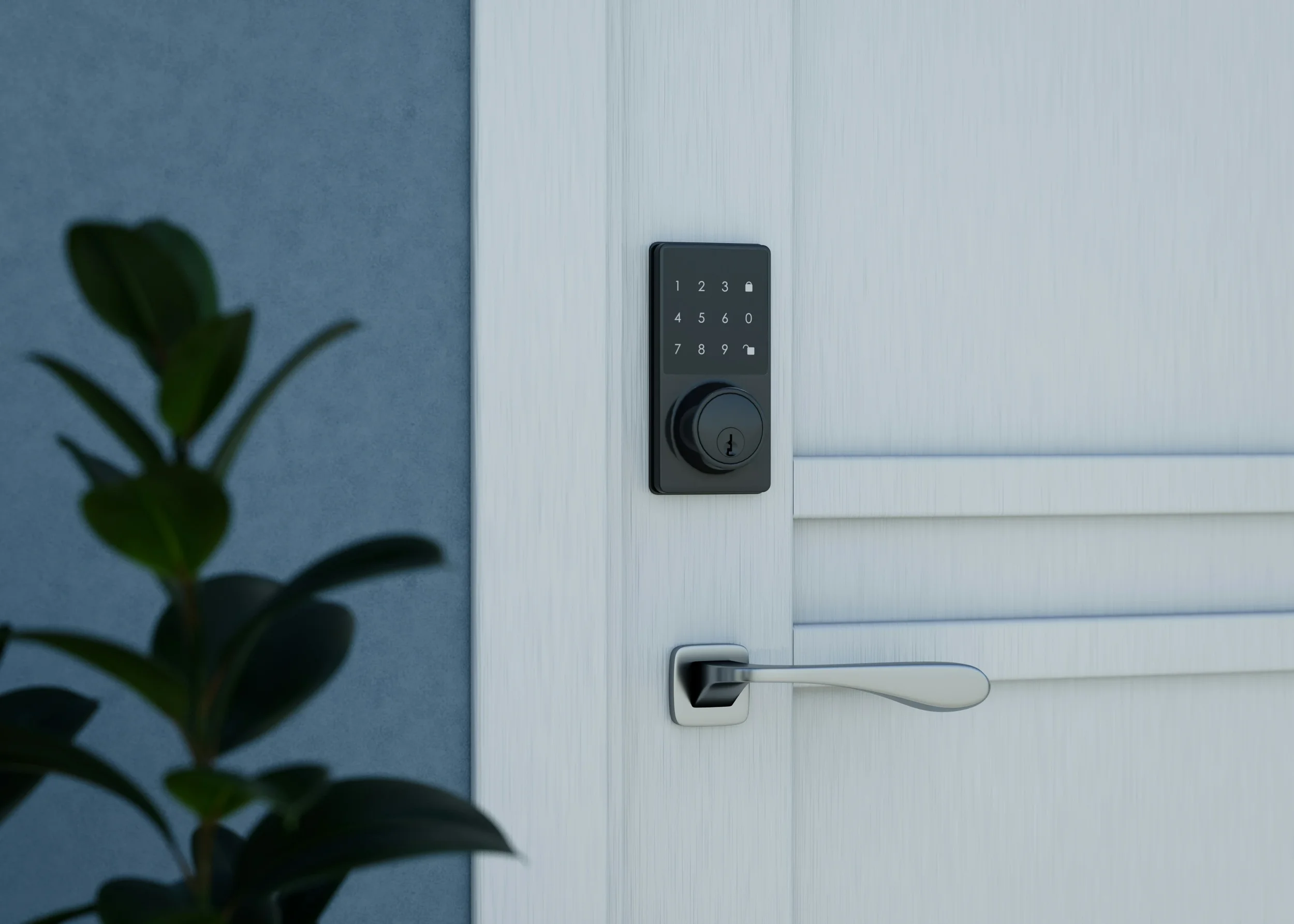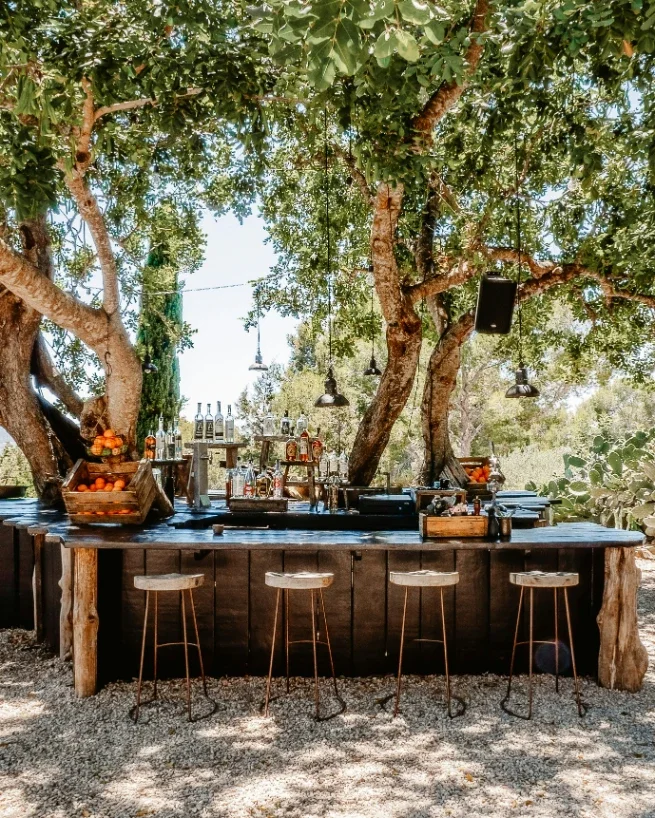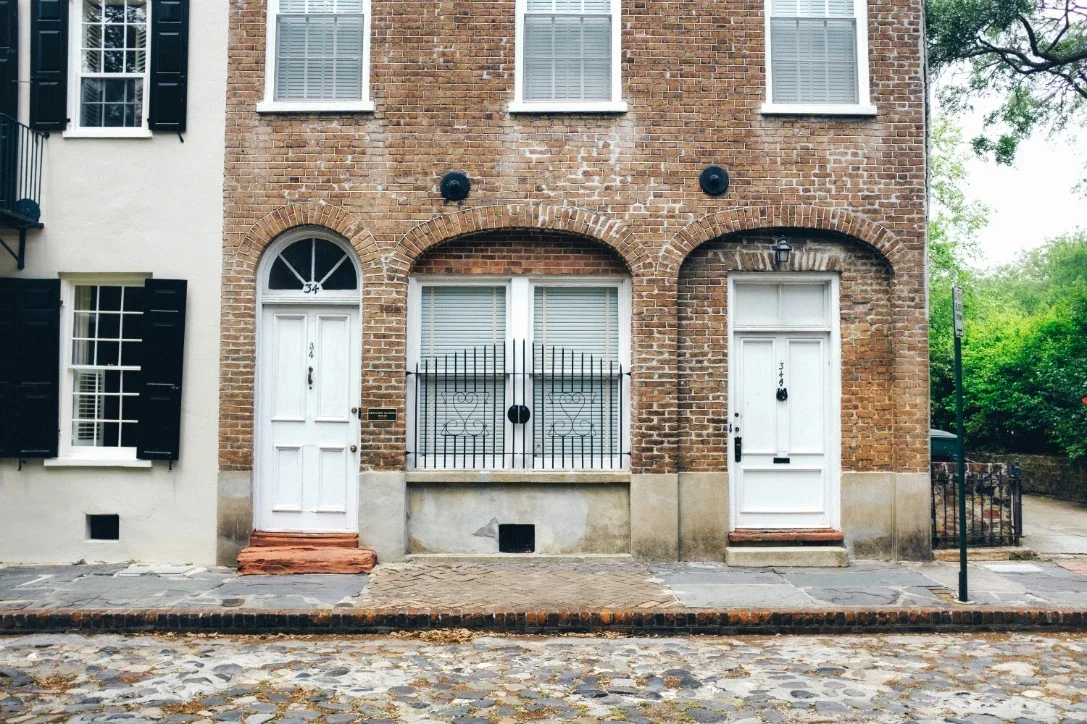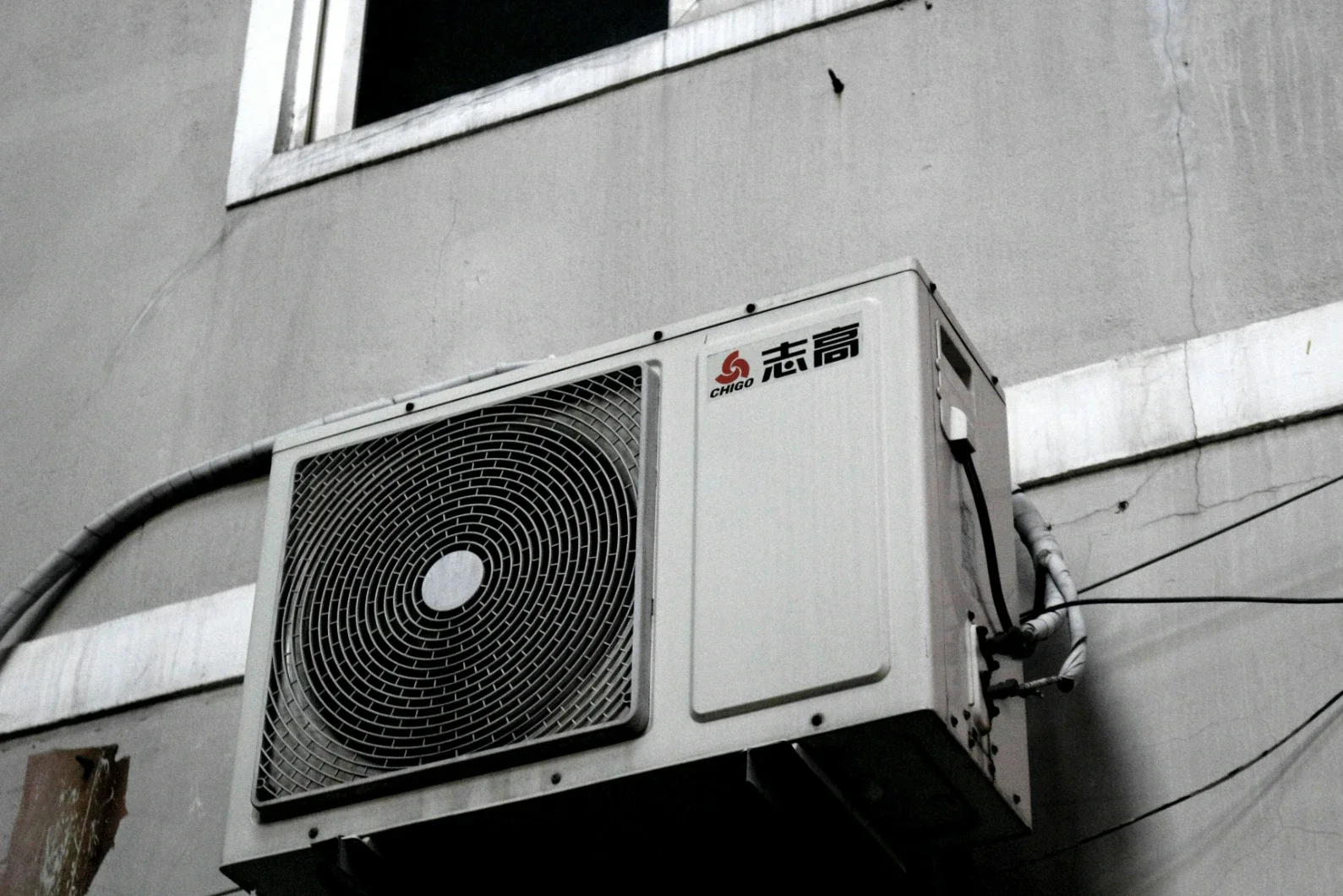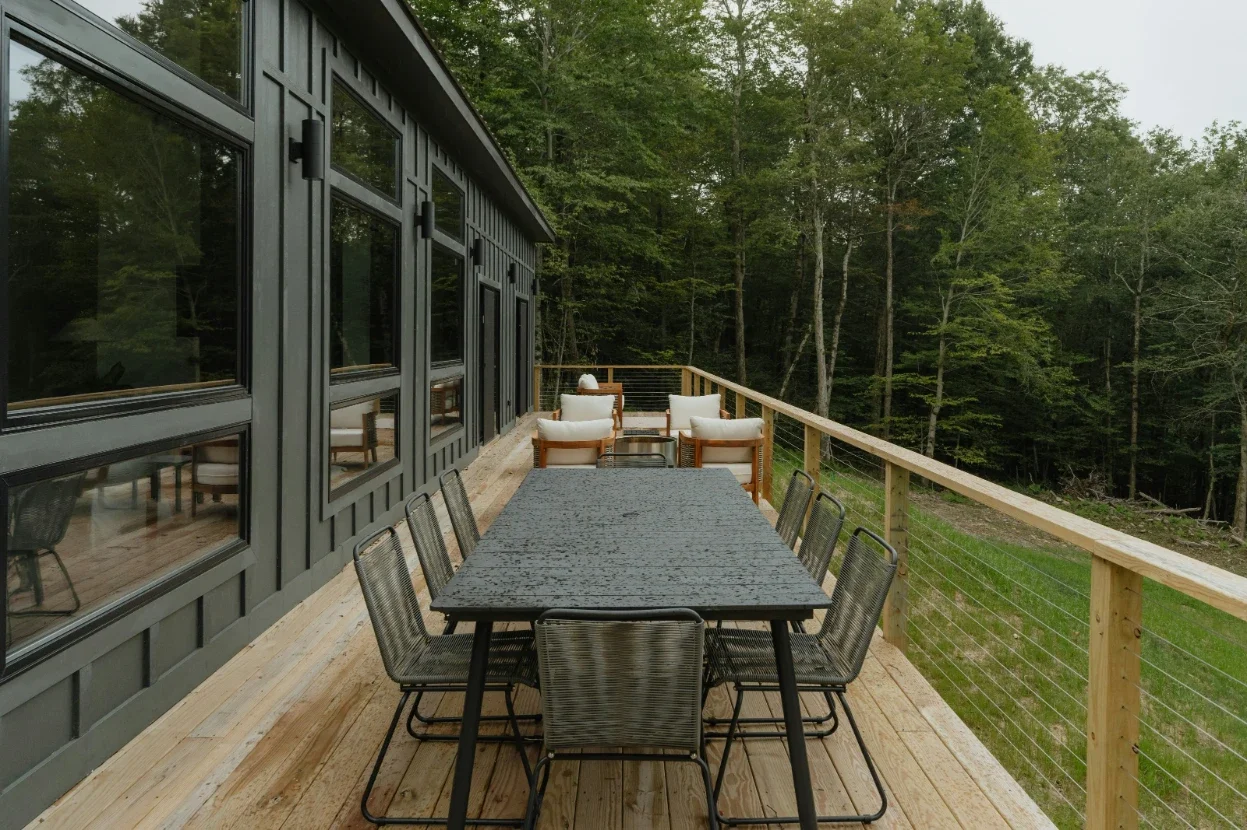Choosing the Right Water Heater Size to Ensure a Steady Supply of Hot Water
Learn how to choose the right water heater size to ensure a steady, efficient supply of hot water for your household’s needs without wasting energy.
Key Takeaways
Understanding your household's hot water usage is key to selecting the right-sized water heater.
Different water heaters have different sizing considerations, including tank and tankless systems.
Accurate sizing ensures energy efficiency, reduced costs, and a consistent hot water supply.
Consulting a professional can provide tailored advice based on your home's unique needs.
Table of Contents
Understanding Water Heater Types
Factors Influencing Water Heater Size
Calculating Peak Hour Demand
Recommended Water Heater Sizes
Energy Efficiency Considerations
Consulting Professionals
Nearly every homeowner has experienced the inconvenience of running out of hot water mid-shower or while doing dishes. These frustrations can often be traced back to an improperly sized water heater, which may be too small to meet your home's needs or too large, wasting energy. Choosing the right size ensures you always have hot water when needed and saves on utility costs. Exploring your options—especially innovations such as a tankless hot water system Provo—can help you avoid cold surprises and improve home efficiency.
Whether replacing an old unit or outfitting a new home, sizing your water heater requires consideration of household habits, appliance usage, and local water temperature. Oversized or undersized units can present challenges, so finding the right fit is essential for comfort and economy. Read on to discover the crucial factors and steps to determine your home's best water heater size.
Understanding Water Heater Types
Before selecting a water heater, it’s important to know there are two main types, each with distinct sizing guidelines:
Storage Tank Water Heaters: These hold and heat a set amount of water (30 to 80 gallons). They’re the most common style, but once the tank's supply is depleted, you’ll need to wait for a new batch to heat up.
Tankless (On-Demand) Water Heaters: Instead of storing water, tankless units heat water as it passes through. They offer a compact design and can be sized to meet your home's simultaneous hot water needs, making them a popular choice for energy-conscious homeowners.
Factors Influencing Water Heater Size
Sizing your water heater is not a one-size-fits-all equation. Several elements play a role:
Household Size: The number of people in your home directly affects the volume of hot water used.
Peak Hour Demand: Consider the hour of the day (usually mornings or evenings) when simultaneous hot water use is highest.
Appliance Usage: Dishwashers, washing machines, and tubs can drastically increase hot water needs, especially when used simultaneously.
Incoming Water Temperature: Homes in colder climates will need larger or more powerful heaters to reach the desired temperature than those in warmer areas.
Anticipating your peak hot water usage and being aware of your appliances’ demands will help you make a practical and cost-effective decision.
Calculating Peak Hour Demand
To accurately determine your hot water needs, identify when your highest simultaneous water usage occurs and calculate accordingly:
Identify your household’s peak hour (e.g., everyone showering and running the dishwasher before work or school).
List all concurrent hot water activities along with their average consumption rates:
Shower: 10-15 gallons per session
Bath: 20-25 gallons per use
Dishwasher: 6-10 gallons per cycle
Washing Machine: 25-40 gallons per cycle
Add up the gallons required during that peak hour to determine the minimum First Hour Rating (FHR) needed for a tank-style water heater.
For instance, if your family uses 60 gallons during the busiest hour, you'll need a tank with at least a 60-gallon FHR. For tankless options, sum up the gallons per minute (GPM) needed for all fixtures running simultaneously.
Recommended Water Heater Sizes
Storage Tank Water Heaters
1-2 people: 30–40 gallon tank
3-4 people: 40–50 gallon tank
5+ people: 50–80 gallon tank
Tankless Water Heaters
For tankless systems, totaling the flow rates of your most frequently used fixtures is critical. For example:
Shower (2.5 GPM) + Dishwasher (1.5 GPM) = at least a 4 GPM unit needed
If your household runs two showers and a washing machine at once, select a unit capable of handling the combined GPM for uninterrupted hot water.
Energy Efficiency Considerations
Selecting the proper water heater size prevents cold showers and ensures your system runs efficiently. Oversized heaters consume more energy to warm unused water, driving up bills and greenhouse gas emissions. On the other hand, undersized heaters are forced to work harder and may wear out faster. The right balance keeps your water hot, your costs low, and your appliance lasting longer.
Consulting Professionals
Even with detailed calculations and guidelines, every home is unique. Plumbing layouts, fixture types, water temperature, and family routines influence optimal water heater size. Consulting with a professional plumber provides tailored recommendations, ensuring you get the best fit for your needs and local climate. Experienced pros not only help you select and install the right system but also assist with maintenance and efficiency upgrades in the long term.
By thoughtfully considering your household's water usage and leveraging advice from industry experts, you can be confident in selecting a water heater that delivers steady comfort, efficiency, and value for years to come.

